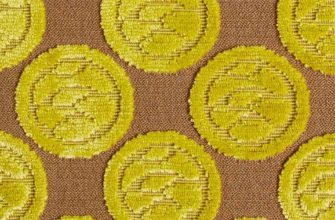Window curtains, which protect the room from ultraviolet rays and prying eyes, perform many other functions. One of them is the decoration of the room. By creating coziness in the room, curtains complement the integrity of the interior.
- Selecting curtains depending on the purpose of the room
- Kitchen
- Living room
- Bedroom
- Children's
- What should curtain fabric be like?
- What fabric is best to choose for curtains
- Jacquard
- Fabric burlap for curtains
- Flax
- Organza
- Velvet
- Cotton
- Nylon
- Atlas
- Wool
- Viscose
- Acrylic
- Best Blended Fabrics
- How to calculate the amount of fabric
Selecting curtains depending on the purpose of the room
By type, curtains are divided into horizontal and vertical. By purpose, they are divided into drapes and curtains. The former are sewn from dense, heavy fabrics (satin, velvet, polyester, taffeta). The latter are sewn from light, airy materials to diffuse light and partially protect the room from the outside world. Fabrics such as veil, organza, and muslin are used.

Kitchen
The kitchen is rich in all sorts of smells of cooking products, evaporated moisture. Fabrics used in the kitchen should be easy to care for, resistant to fading and let in light. Cotton fabrics, natural fabrics and those with synthetic additives, organza are used. The kitchen can be decorated with three-color curtains in a cage or with a bright print.

Living room
The room for receiving guests should have a certain interior, decorated with velvet, brocade, silk, satin, jacquard. These are the fabrics that are chosen for the living room. This room characterizes the wealth and respectability of the owner. The types of fabrics for curtains are varied.

Bedroom
The sleeping room should be protected from daylight. Maximum rest and recovery take place in a well-insulated room. Polyester, taffeta, viscose and linen curtain fabrics are used to decorate window openings. Bright and colorful colors are not welcome.
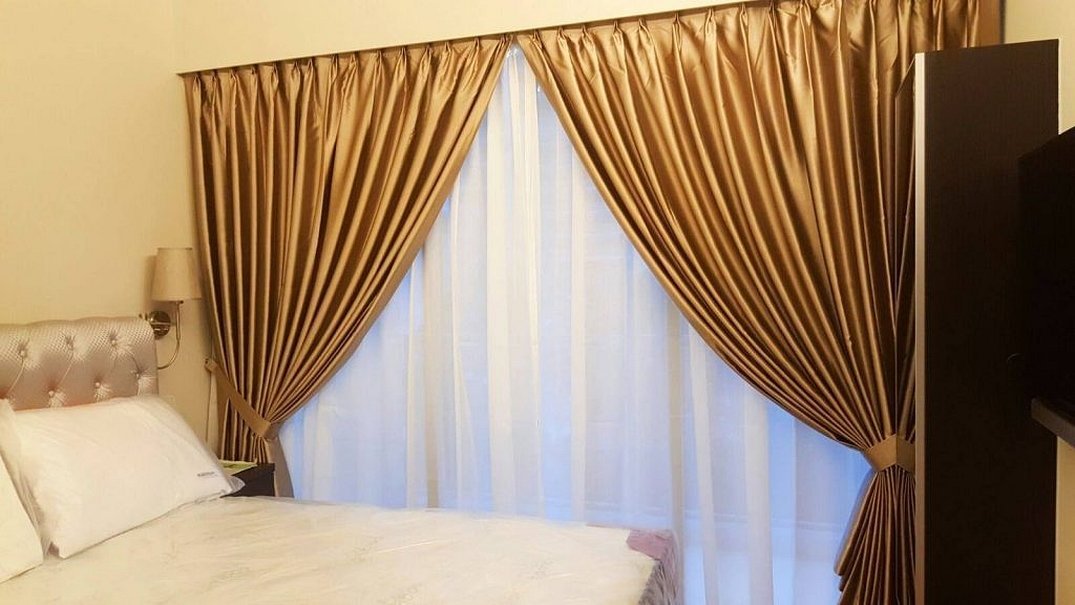
Children's
The baby's room should let in light when he is awake and shade when he is sleeping. Use easy-care fabrics. Cotton and linen curtains can be replaced with mixed fabrics based on silk or taffeta. It is essential to use environmentally friendly materials that do not cause allergies.
The choice of colors is individual. Some children manage to fall asleep looking at bright pictures and patterns, others prefer a darkened room without external stimuli. The fabric for curtains can be different.
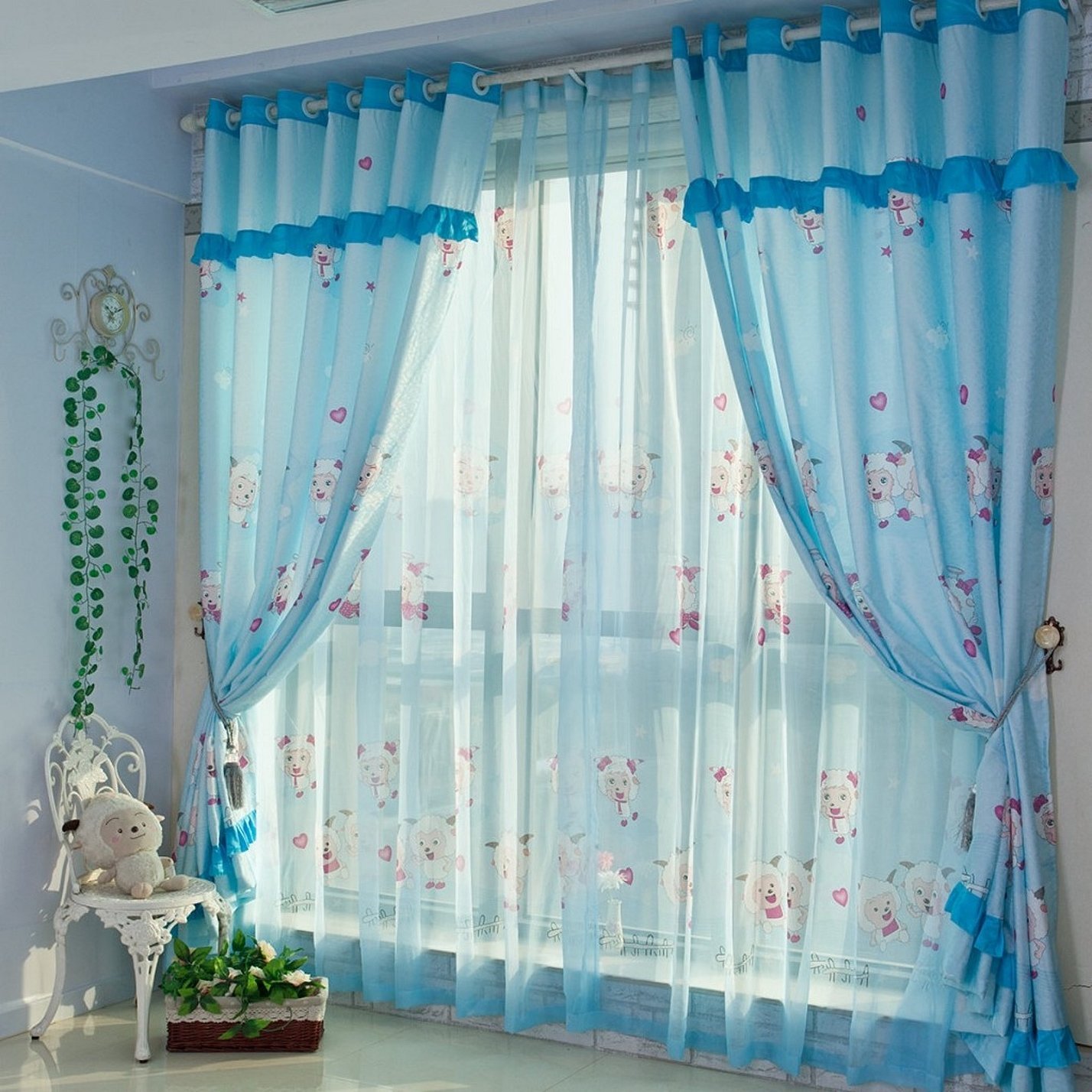
What should curtain fabric be like?
The quality characteristics of the material determine the style of the future interior. The artistic solution of the entire room depends on the correctly selected curtains. The cost does not always justify the quality and appearance of the material.
The following fabric characteristics are in demand:
- wear resistance;
- light transmittance;
- sound absorption;
- permanent coloring;
- wrinkle resistance;
- rigidity of form;
- a certain weight of the canvas;
- possibility of draping;
- UV resistance;
- easy to care for;
- affordable price.
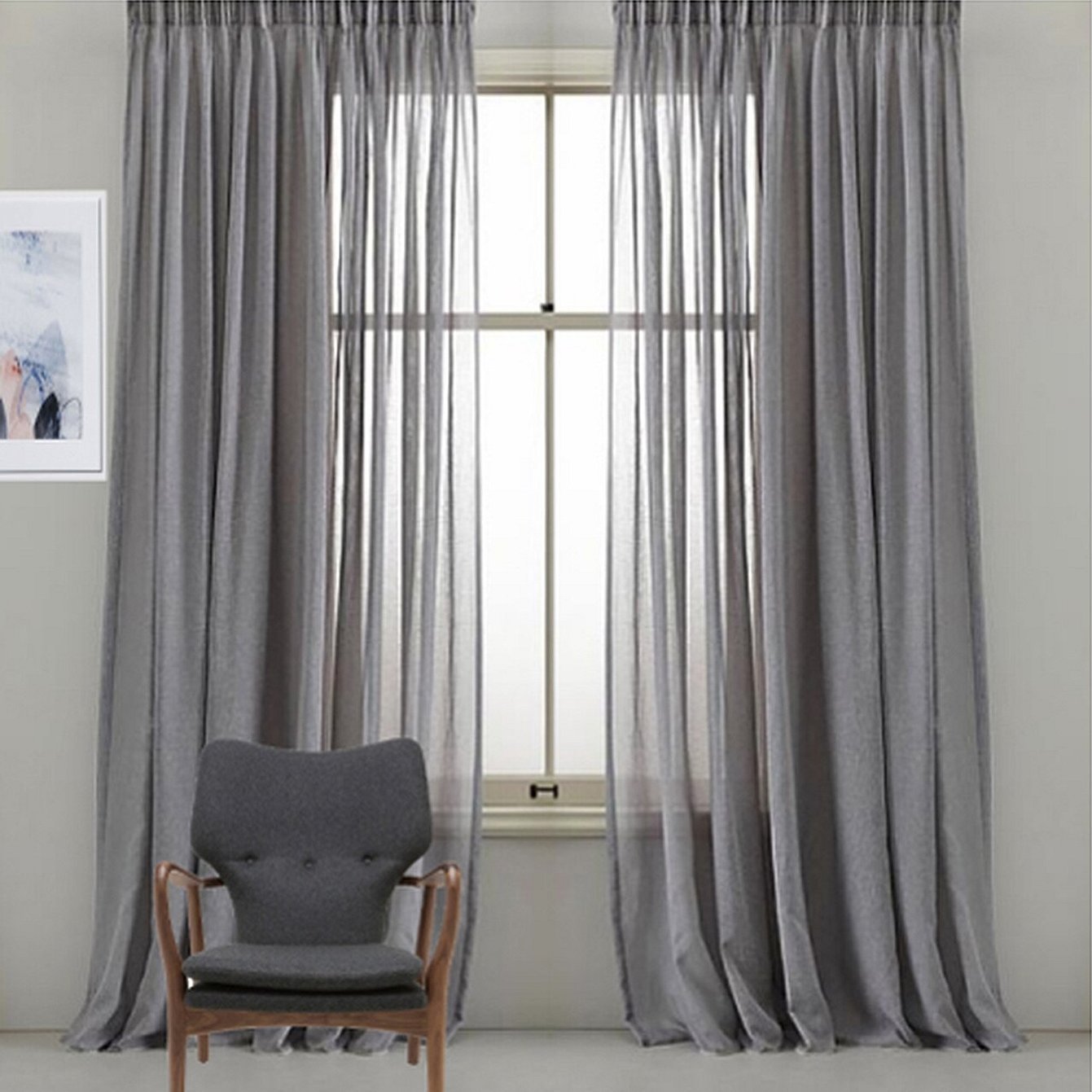
What fabric is best to choose for curtains
Depending on where the curtain will hang, the material is selected according to the main criteria that correspond to the buyer's requests.
- The coloring can determine the purpose of the future canvas. Bright monochromatic colors or jacquard patterns can be used in the living room. It is necessary to maintain a combination of the color of the curtain with the solidity of the furniture set.
- By the structure of the weave of the fibers. Curtains made of burlap or sackcloth will not suit expensive Italian furniture. The uniform style of the interior is controlled by the designer's taste.
- Multi-layered curtains on a high and narrow window will not look good if the structure is narrowed in space. Light colors are used to expand the room.
- The density of the fabric and the presence of a pattern do not allow the creation of multi-layer curtains. And the fragility of the lambrequin design can upset any housewife after the first wash.
Please note! When decorating an interior, you need to consider many factors. The classic style will help out in any case.
Jacquard
Long lasting material. Tightly interwoven fibers create a relief pattern that is equally beautiful on both sides of the curtain fabric. Looks perfect in a living room or hallway.
Fabric burlap for curtains
The curtain fabric, reminiscent of burlap, adds zest to the interior, making it cozy. The dense fabric protects well from ultraviolet radiation. The environmentally friendly material is made of cotton, linen or with the addition of silk, acrylic or polyester. The composition of the material can change, the pattern remains unchanged. The interweaving of paired threads creates a semblance of a "chessboard". Suitable for the kitchen and living room, combined with wooden unvarnished furniture of light colors.
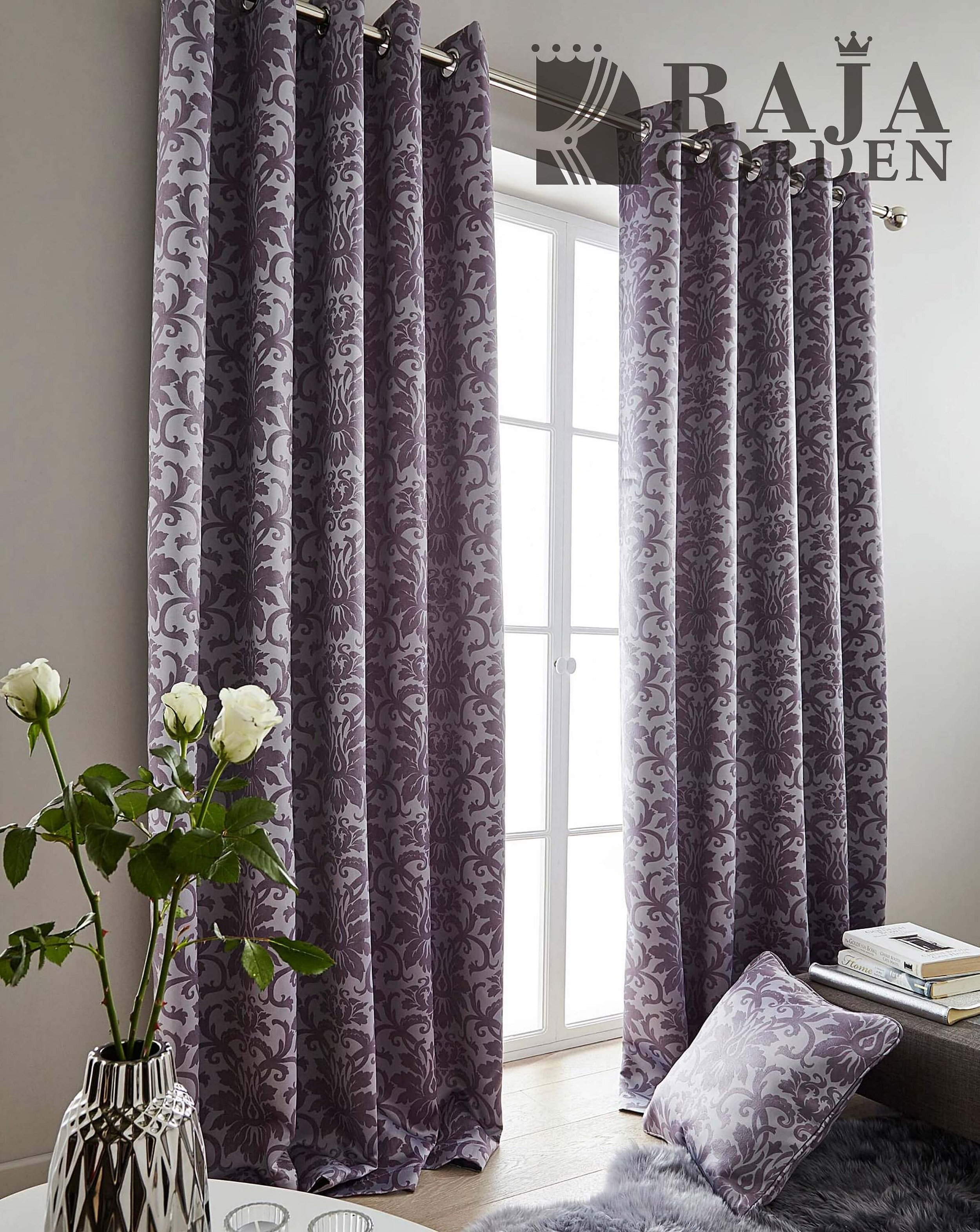
Flax
A durable fabric made from natural components. Holds sharp folds used in blinds and pleated curtains. The rigid base does not allow the fabric to be draped, so linen curtains are used in a straightened form in one plane.
Organza
Airy material with high strength indicators can be matte or shiny. Used for making multi-layer curtains. Easy to drape.
Please note! Easy to care for material allows it to be used for sewing numerous gathered frills.
Velvet
Fabric for curtains with pile based on cotton, silk or viscose fibers. They add luxury to the interior, protect the room from light well and create an atmosphere of mystery and glamor. Velvet drapery is heavy, but it retains heat well and gives the room a festive style. The material is expensive, not wear-resistant, loses color when washed and quickly loses its pile.
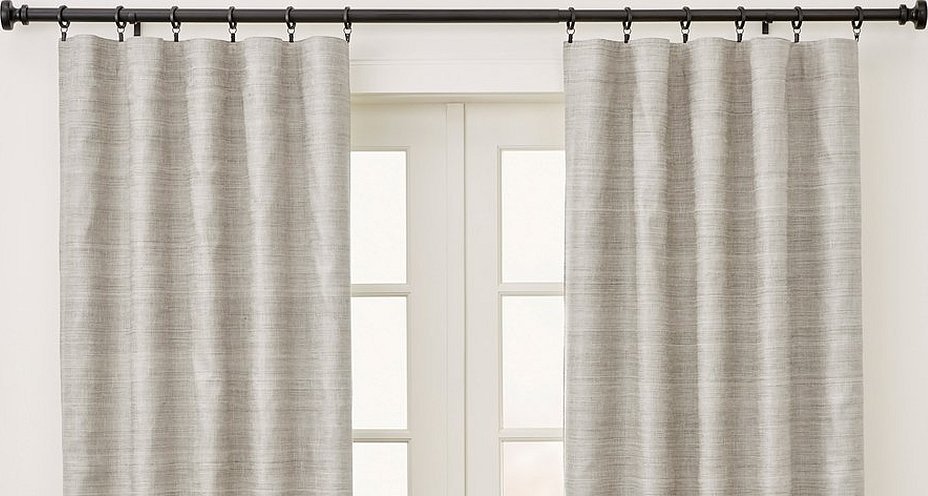
Cotton
A durable natural fabric that easily withstands multiple washings, is well steamed and ironed with a hot iron. The relative rigidity of the material helps to maintain the shape of the drapery. It has only one drawback - shrinkage after washing.
Nylon
An elastic material of artificial origin will soon celebrate its 100th anniversary. The quality characteristics are close to silk. The durable and lightweight material is easy to dye. The elasticity of the curtain fabric depends on the density, which varies depending on the purpose of the fabric. It is widely used in the manufacture of various types of clothing. Easy care for nylon products, almost no ironing required. Wash in water at room temperature. Easily washed off all kinds of dirt.
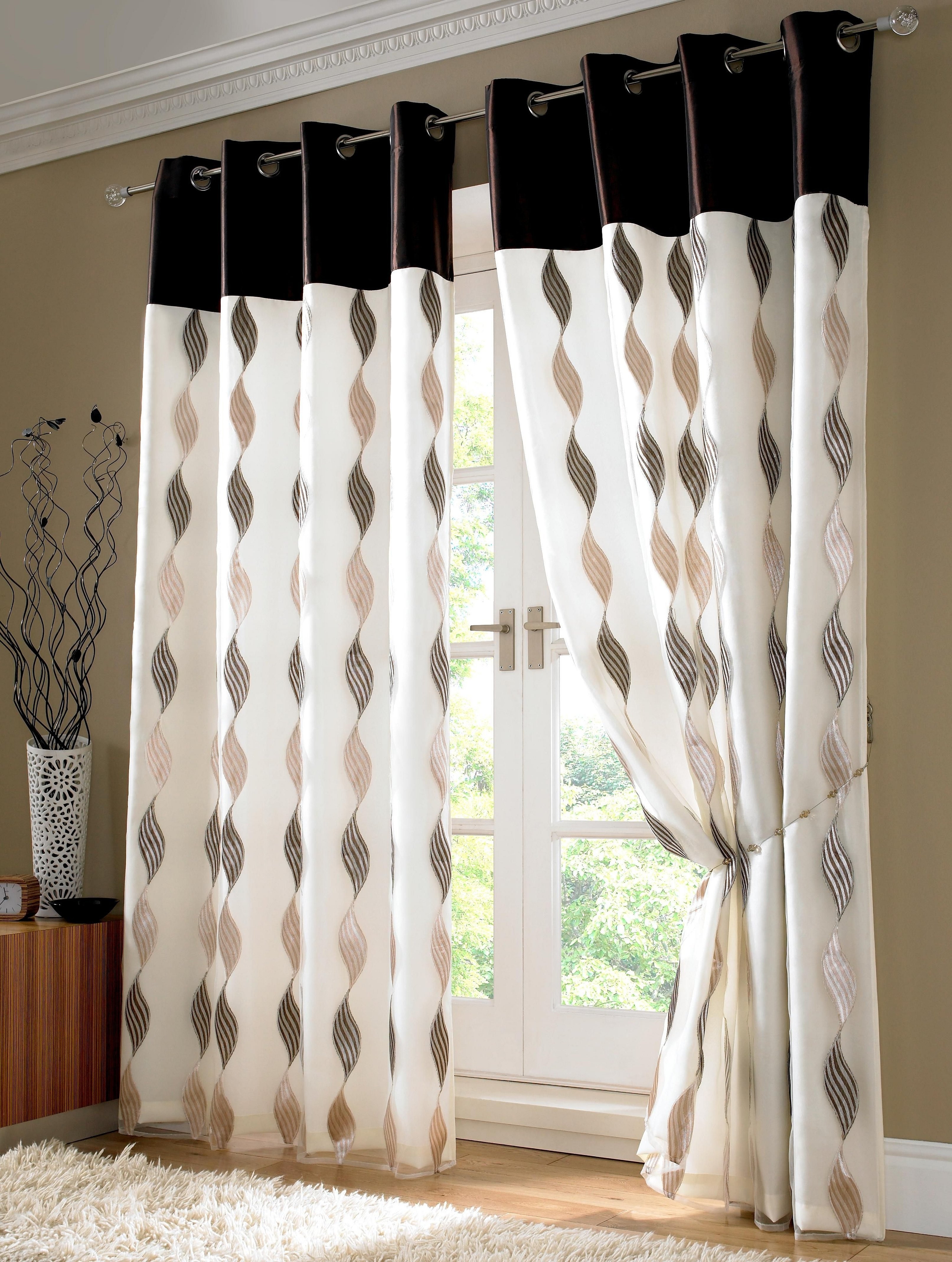
Atlas
Fabric with a shiny face surface is characterized by high strength and wear resistance. Attractive appearance is provided by silk, linen and cotton fibers. Easy to dye. Can be draped. Has some features in care. Satin fabric has always been highly valued. Gives the interior a special sophistication.
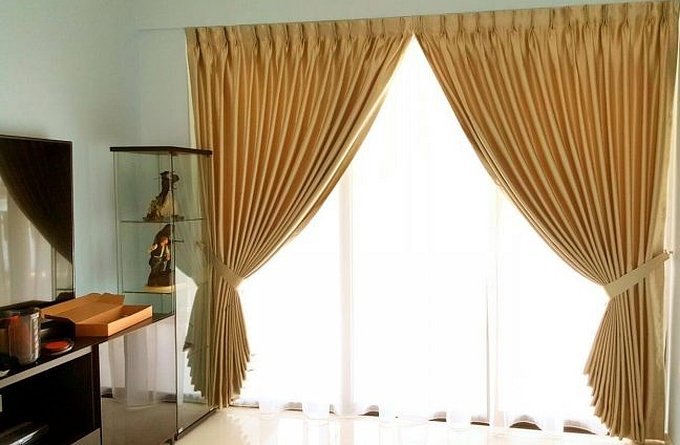
Wool
Woolen fabrics for curtains are used in a thin, lint-free design. They retain heat and light perfectly. They are easy to drape. The color range corresponds to lavsan fabrics for clothing. There are no bright and patterned fabrics. They do not tolerate washing at hot water temperatures, they attract pests such as moths. They need periodic airing. They can absorb unpleasant odors. When adding synthetic fiber, the fabric acquires more advantages than disadvantages.
Viscose
Synthetic fabrics based on viscose fibers have long been widely used in the textile industry. Resembling silk in appearance and feel, the fabric is an order of magnitude cheaper.
Please note! Light and soft material is used in multi-layer curtains. Does not accumulate static electricity, is susceptible to ultraviolet radiation.
Acrylic
Synthetic fabric, distinguished by its lightness and durability, is known as orlon, krylor or PAN. Obtained entirely from petroleum products, the fabric has the qualities of natural wool, but is not attractive to moths. The fabric is often called artificial wool. It lends itself well to dyeing, does not fade, and can withstand numerous washings. It looks beautiful with added lurex threads. It is used in the classic style and roller or Japanese blinds.

Best Blended Fabrics
Mixing natural and synthetic fibers forms high-quality blended fabrics. Improvement of quality characteristics occurs due to the combination of the best properties of threads of different origins. Jacquard, organza, tapestry can be attributed to this group. Increased wear resistance and an acceptable price for mixed-type fabrics pleasantly please the consumer.
How to calculate the amount of fabric
This is the very case when you can't save money. Decorative elements in the form of cords, grabs, tassels and cornice tips should not be included in the total costs. The right choice of a professional workshop or studio for sewing curtains saves the owner of the premises a headache. Providing a whole range of services for the manufacture of the structure, decoration and production of curtains with delivery and installation is an ideal option.
Please note! Sewing curtains yourself increases the risk of making a mistake in calculations.
Calculating the height of the finished product is easy. It is much more difficult to understand how much curtain fabric is needed in width for beautiful drapery. Most often, these are three sizes of the opening to be closed. If the fabric is airy and transparent, you can use four, but everything depends on the width of the cornice and the height of the ceiling.

If you lack the creative impulse to design your interior yourself, it is better to entrust this process to professionals. The aesthetics of the room will depend on the harmonious unification of individual interior elements into a single whole. And this is art.



